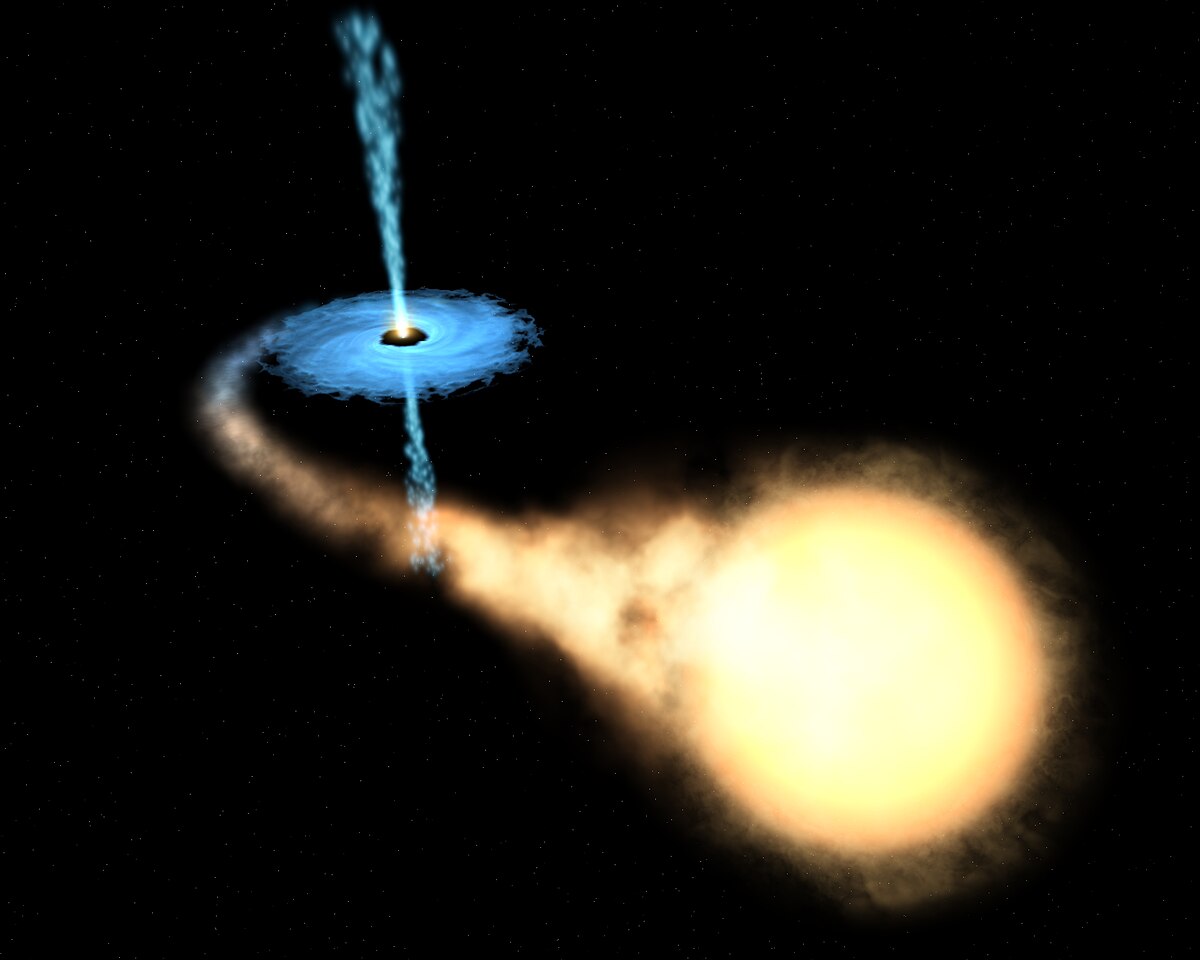Black Holes: Cosmic Phenomena Sculpting the Universe
Table of Contents
- Introduction
- What Are Black Holes?
- Formation of Black Holes
- Types of Black Holes
- Black Holes and Galaxies
- Black Holes and the Nature of Time
- Detecting Black Holes
- Black Holes and the Universe
- Frequently Asked Questions
- Conclusion
Introduction
Black holes are among the most intriguing and enigmatic phenomena in the universe. These cosmic entities challenge our understanding of physics and push the boundaries of scientific exploration. From their mysterious formation to their profound influence on galaxies, black holes are pivotal in shaping the universe as we know it. This article delves into the nature of black holes, their types, and their significant impact on cosmic structures and time itself.

What Are Black Holes?
Black holes are regions in space where the gravitational pull is so intense that nothing, not even light, can escape from them. This occurs because a massive amount of matter is compressed into a very small area, creating a gravitational field so strong that it warps space and time. The boundary surrounding a black hole is known as the event horizon, beyond which events cannot affect an outside observer.

Formation of Black Holes
Black holes typically form from the remnants of massive stars that have ended their life cycles. When such a star exhausts its nuclear fuel, it can no longer support its own weight, leading to a catastrophic collapse. This collapse compresses the core to a point of infinite density known as a singularity, surrounded by the event horizon. There are also other pathways to black hole formation, such as the merging of neutron stars or the direct collapse of gas clouds in the early universe.
Types of Black Holes
Black holes are categorized based on their mass:
- Stellar Black Holes: These are formed from collapsing stars and typically have masses ranging from about 3 to 10 solar masses.
- Intermediate Black Holes: These are less common and have masses between 100 and 1000 solar masses. Their formation is not well understood, but they may form through the merging of smaller black holes.
- Supermassive Black Holes: Found at the centers of most galaxies, including our Milky Way, these black holes have masses ranging from millions to billions of solar masses. They play a crucial role in galaxy formation and evolution.
- Primordial Black Holes: Hypothetical black holes that may have formed soon after the Big Bang due to high-density fluctuations in the early universe.
Black Holes and Galaxies
Supermassive black holes are believed to reside at the centers of most galaxies, including our own Milky Way. These black holes are thought to influence the formation and evolution of galaxies through their immense gravitational pull. They can regulate star formation by ejecting gas and dust through powerful jets and winds, a process known as feedback.

Black Holes and the Nature of Time
Black holes have a profound effect on the nature of time. According to Einstein’s theory of general relativity, the intense gravitational field of a black hole can warp spacetime, causing time to slow down significantly near the event horizon. This phenomenon, known as gravitational time dilation, means that time passes differently for an observer near a black hole compared to one far away.
Detecting Black Holes
Despite their name, black holes can be detected through their interactions with surrounding matter. When a black hole pulls in nearby gas and dust, the material forms an accretion disk that emits intense radiation, often in the form of X-rays. Additionally, the gravitational waves produced by the merging of black holes can be detected by observatories like LIGO and Virgo, providing further evidence of their existence.

Black Holes and the Universe
Black holes are not just destructive forces; they are also key players in the cosmic ecosystem. They contribute to the recycling of matter and energy in the universe, influencing the formation of stars and galaxies. By studying black holes, astronomers can gain insights into the fundamental laws of physics and the evolution of the universe itself.

Frequently Asked Questions
How can black holes be detected if they are invisible?
Black holes are detected through their gravitational effects on nearby objects and the radiation emitted by material in their accretion disks. Observatories also detect gravitational waves from black hole mergers.
Can black holes destroy the Earth?
While black holes are powerful, the nearest known black hole is too far away to pose any threat to Earth. Additionally, black holes do not “suck” objects in like a vacuum; their gravitational pull is similar to that of any other object of the same mass.
Conclusion
Black holes remain one of the most fascinating subjects in astrophysics, offering insights into the fundamental workings of the universe. Their influence extends beyond mere gravitational pull, affecting the formation and evolution of cosmic structures. As we continue to explore these enigmatic entities, we unlock new mysteries about the universe and our place within it. For those eager to dive deeper into the cosmos, exploring topics like detecting black holes and their role in galactic evolution can provide a wealth of knowledge and inspiration.
